Display only subscriber uploaded videos on YouTube in Chrome

Are you using the subscription feature on YouTube? Doing so allows you to browse the latest video uploads and likes of users you are subscribed to.It is like subscribing to a website by RSS only that you get information about new contents directly on the same website and not another program. The core benefit of subscribing to YouTube channels is that you do not have to keep track of updates manually.
I'm not using it extensively but am subscribed to a number of users whose videos I value or find interesting. What you may notice however is that YouTube has started to mix things up on its website. It is not only displaying videos uploaded by channels and users you are subscribed to, but also videos that users liked and videos that it believes are interesting to you. While that sometimes may provide you with a link to a video that you may be interested in as well, it may very well be the opposite case most of the time. Likes and suggestions are often not based on your interest but to promote contents on YouTube, for instance by pushing a certain channel on the site or in the case of likes, promoting the contents of a friend or partner.
I tend to ignore those and concentrate on the videos that were produced and uploaded by the user or company I'm subscribed to. If you get lots of likes and suggestions in the subscription stream you may prefer them to be removed from it automatically to make it easier to find original content in the stream.
The Google Chrome extension YT Uploads Only takes care of that automatically. All you need to do is install the extension in the Chrome web browser to have it hide all videos from the homepage that were not uploaded by a channel you are subscribed to.
You need to refresh the stream once or switch to another page on YouTube before the change becomes active. You will notice that your entire YouTube homepage stream is now made up only of videos uploaded by users and on channels that you are subscribed to.
Advertisement

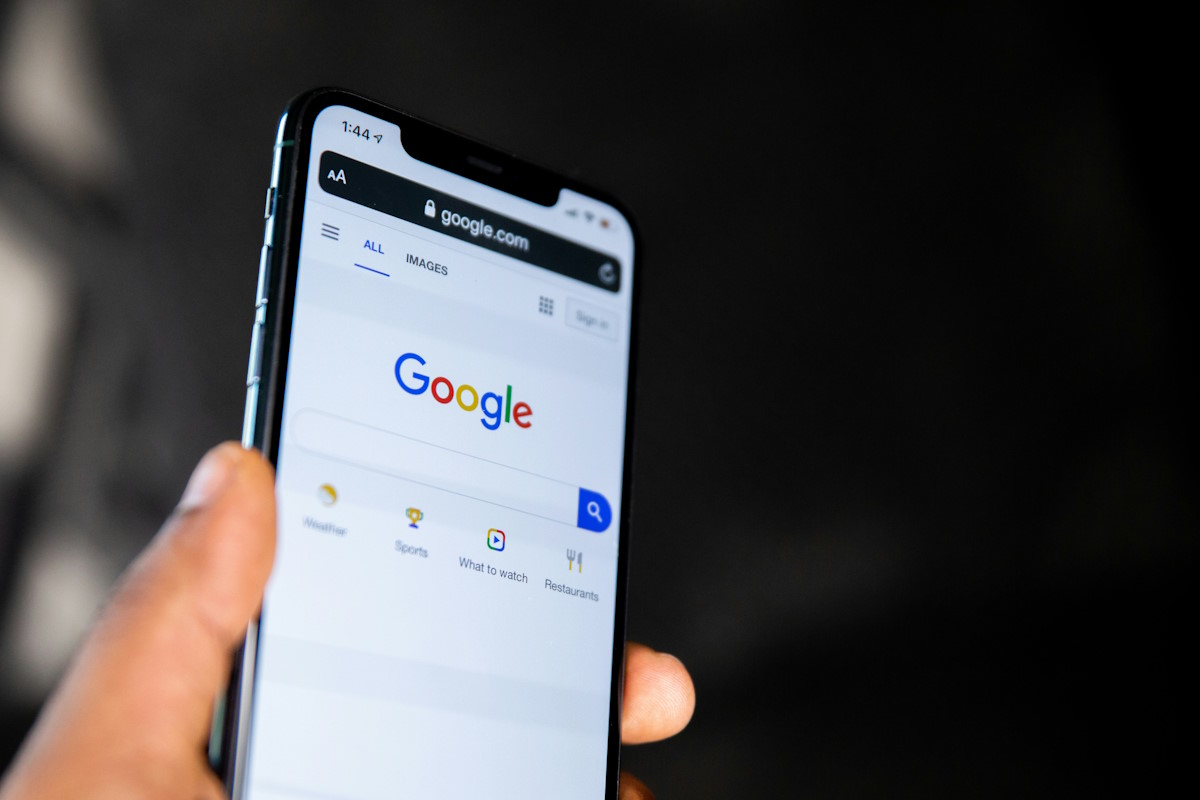


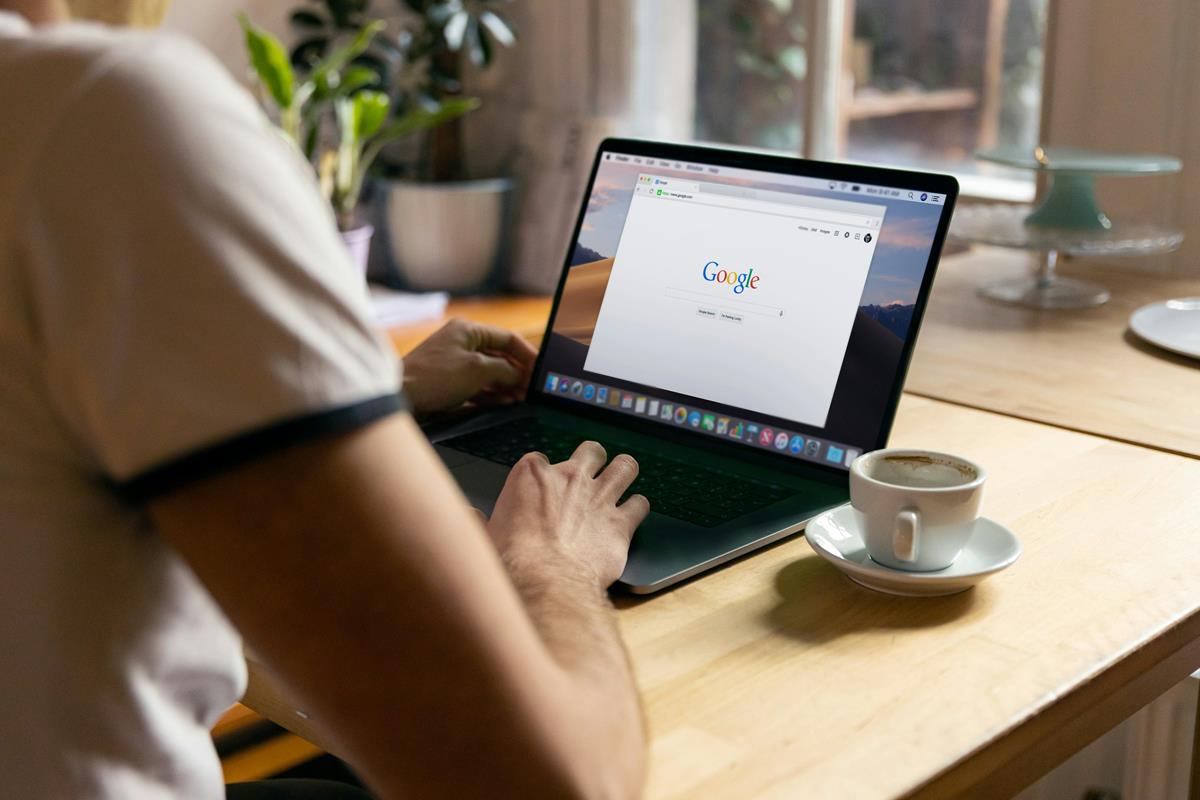

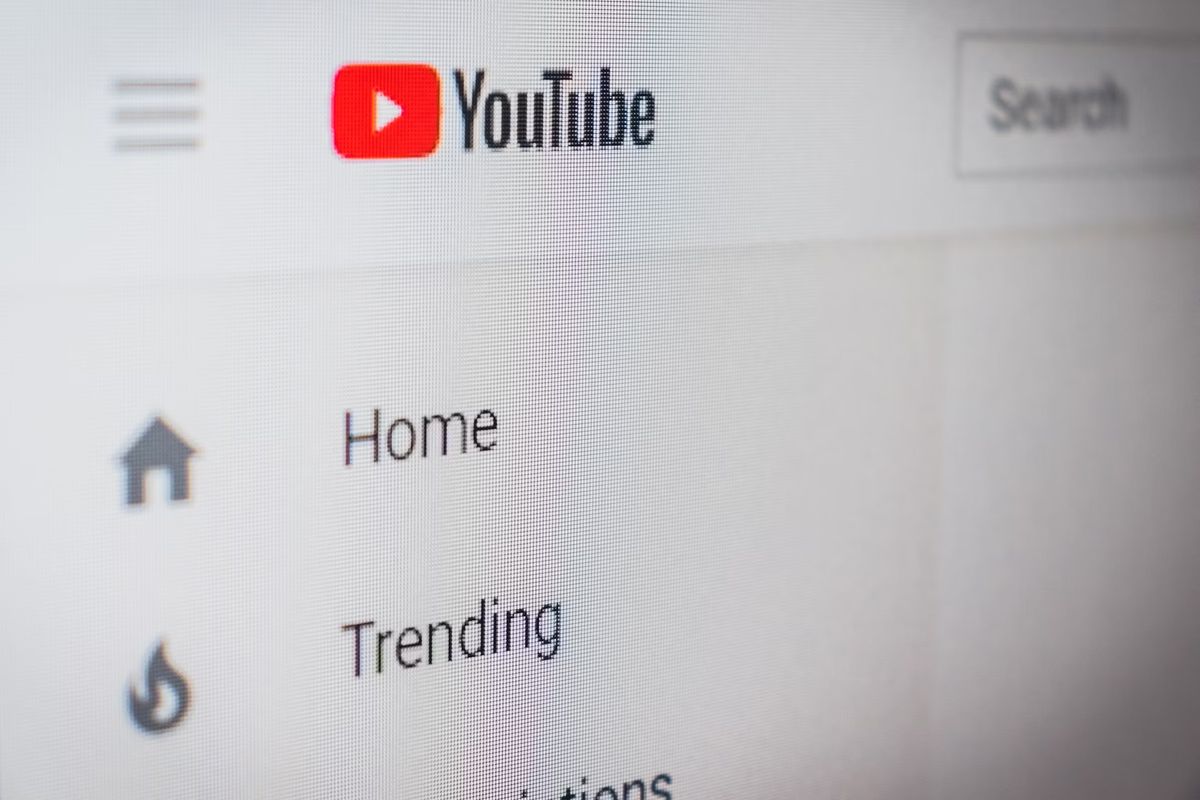
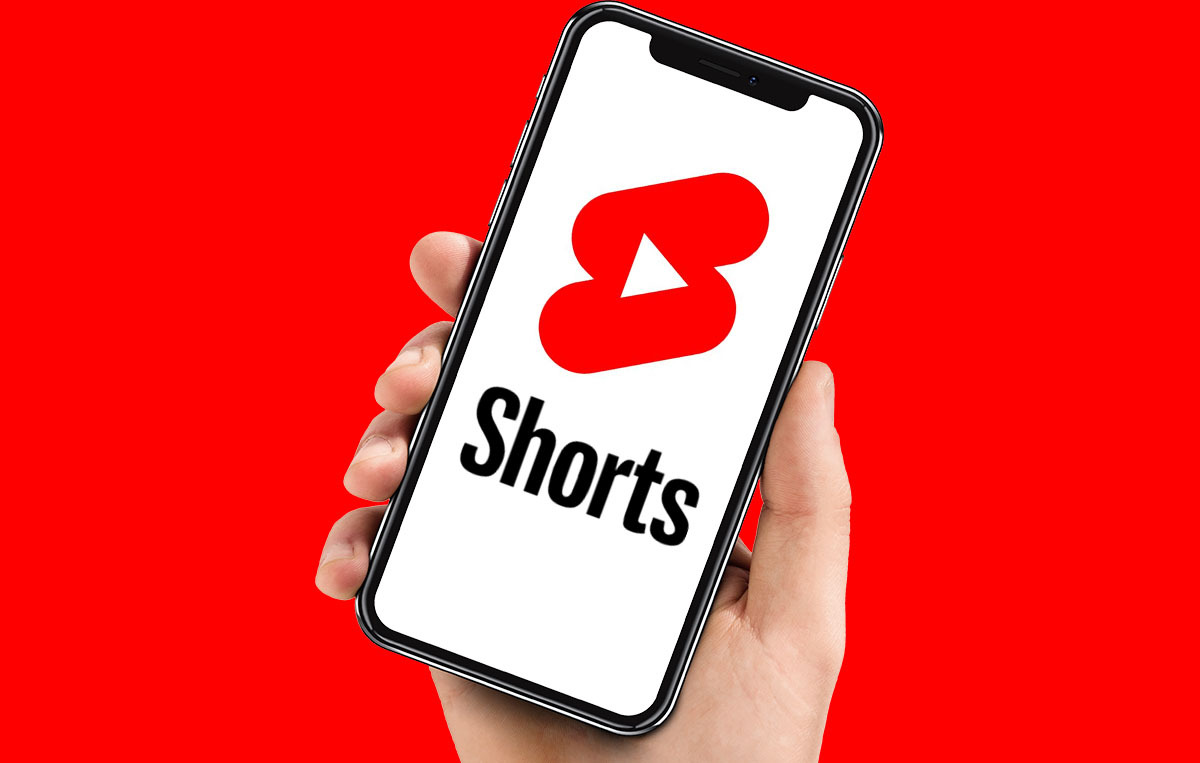

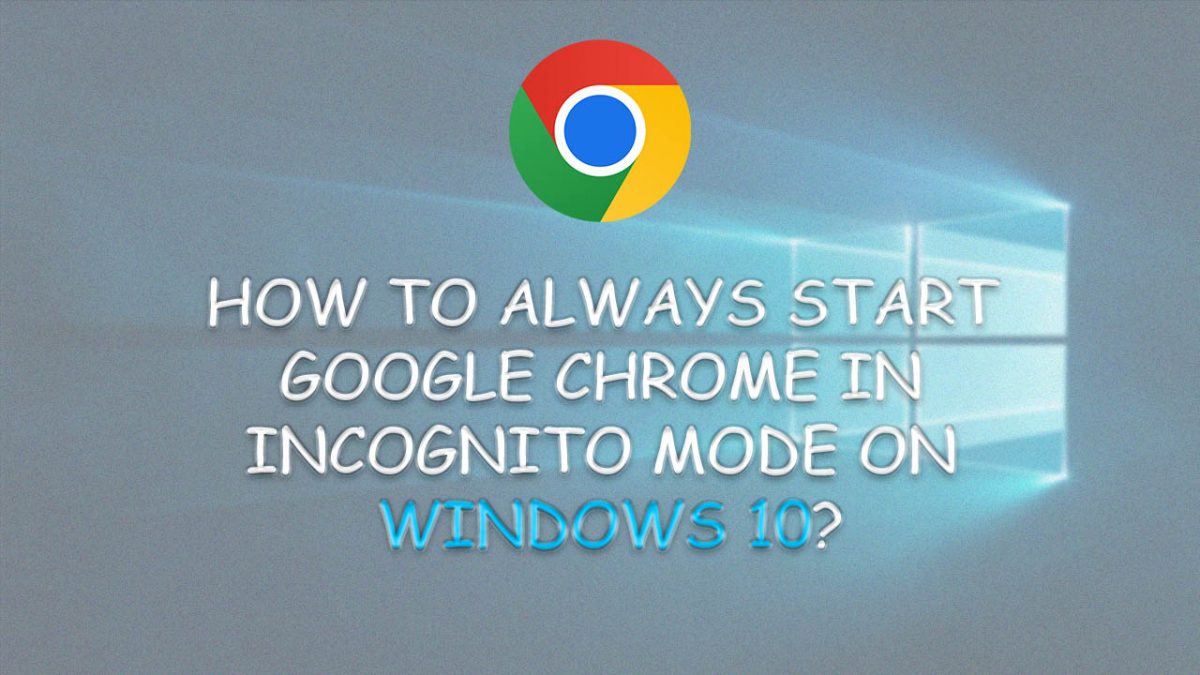










Wasn’t this choice available before when you picked “subscribe”?
Used to give you a choice of all content or just subscriber content.
Seems to be gone now when I check…sneaky Google kids…